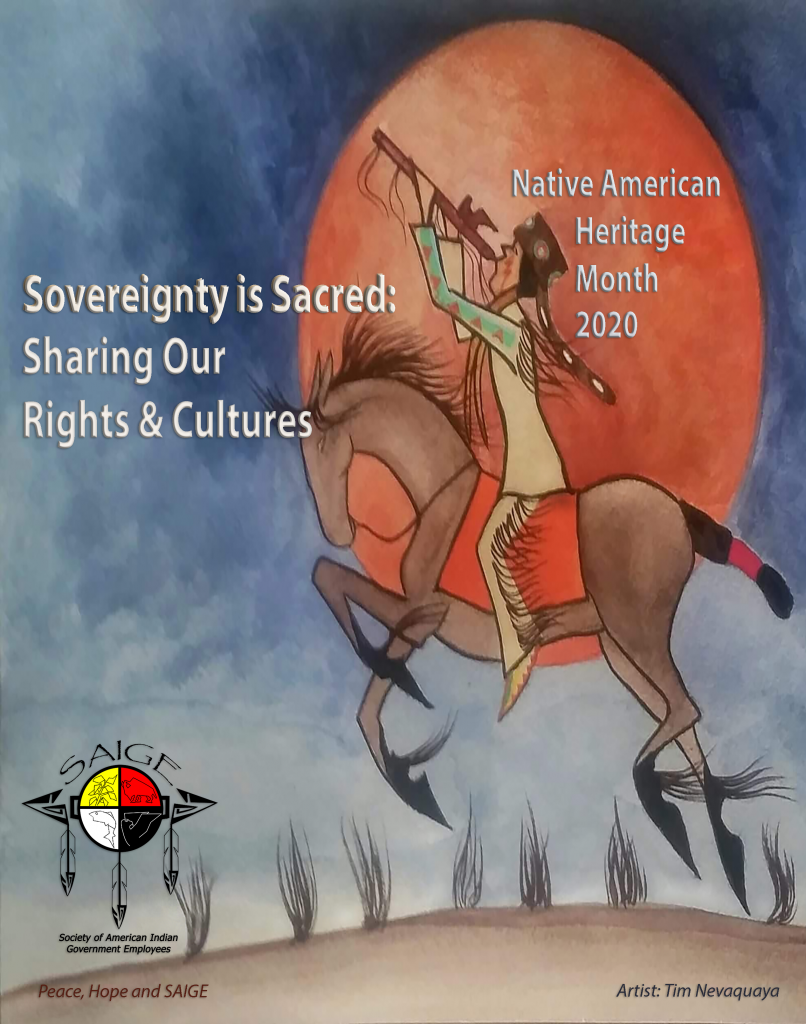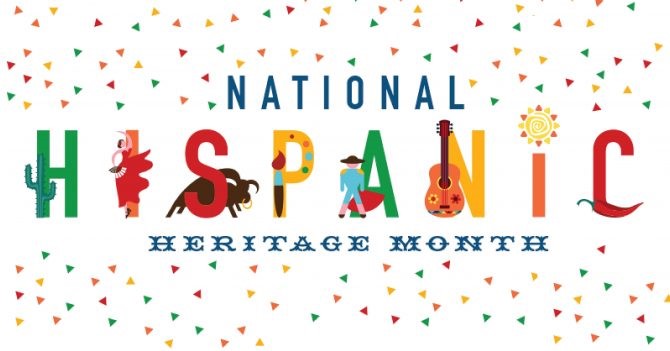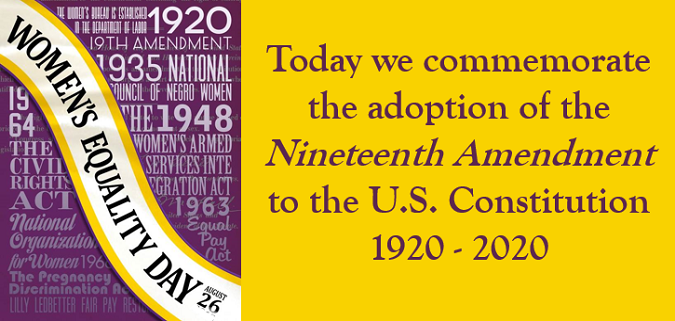Integrity. Honesty. Vision. Humility. Focus. Those are some of the qualities you are likely to associate with a strong leader.
However, kindness probably isn’t one of the traits that comes to mind.
Historically, kindness in the business world has been regarded as a weakness. But that is no longer the case. In fact, scientific studies indicate that the most effective way to lead is to treat others with kindness. Organizations that value kindness actually experience considerable and measurable benefits such as less turnover, lower recruitment costs, higher productivity and happier employees.
However, being a leader doesn’t necessarily mean you are a manger or head of a department or company. There are several ways you can lead in the workplace—by spearheading a project, running a meeting, presenting a new idea or managing a team. That’s why FEW offers a comprehensive program that positions members for professional development and a fulfilling career in the federal workforce.
Kindness has traditionally been one of the most overlooked leadership qualities. Kind leaders don’t force others to follow, rather their good intentions motivate others to follow their lead, creating a strong team. They exude warmth and compassion and recognize that without their team there is no real leadership. Strong leaders are very capable of making difficult business decisions but do so with compassion and sincerity.
Successful leaders share similar qualities. They have clarity and purpose and are determined to encourage others in service to support a cause or goal, influencing and empowering others through their actions and behaviors. They facilitate dialogue and make things happen. They are top-notch communicators who express their expectations and are accountable for their actions. Above all, they lead by example and do so with kindness and a positive attitude. Kind leaders guide others in a positive way, finding common ground and building cohesiveness among team members.
In the workplace, kindness is expressed through compassion, understanding, patience and generosity. In turn, being kind creates a ripple effect, inspiring employees to do more while also building their confidence and commitment to the organization’s mission.
There is strength in kindness and that is why kind leaders float to the top. Being a kind leader is the next innovation in people-led leadership. Kindness is now being recognized as essential to success. Kind leaders are strong leaders. They set clear expectations, promote growth, exude authenticity, provide honest feedback and, most importantly, treat people like people.
One of the most difficult tasks for a leader can often be building consensus. But if you are calm under pressure, optimistic and encouraging, you will keep morale high and float to the top. Afterall, one of the first steps to becoming a successful leader is showing empathy. Kindness sets the foundation for building a closer connection with your team members. That is why FEW offers mentoring opportunities to advance professional development and leadership skills.
Today, being an efficient leader is more difficult than ever before. With job responsibilities increasing, many employees are self-managing outside the scope of their job descriptions. In addition, hiring and retention are becoming more complicated—team sizes are expanding, and employees are working remotely.
As a leader, you are often judged on whether or not you are getting the job done—but are you doing it with kindness? That is the new measure of success.
Different situations require distinct types of leadership, but kindness will always have a role. To join the exclusive club of kind leaders, set a positive example for others to follow. That’s where your integrity, honesty, vision, humility and focus come into play.
Afterall, we are all happier when we act in service to others. Being an effective leader means constant reflection, personal development, collecting and responding to feedback from the team and taking action.
Whatever your organizational role is, make your mark with kindness.
More than anything, treating others with kindness is the right thing to do. We take our cues from leaders, managers and colleagues and kindness begets kindness.
FEW helps more than one million women in the military and civilian workforce become strategic leaders with its four-pillar program: training, legislation, diversity and compliance.
For more information, visit few.org.
Want More?
7 Things Kind Leaders Say









